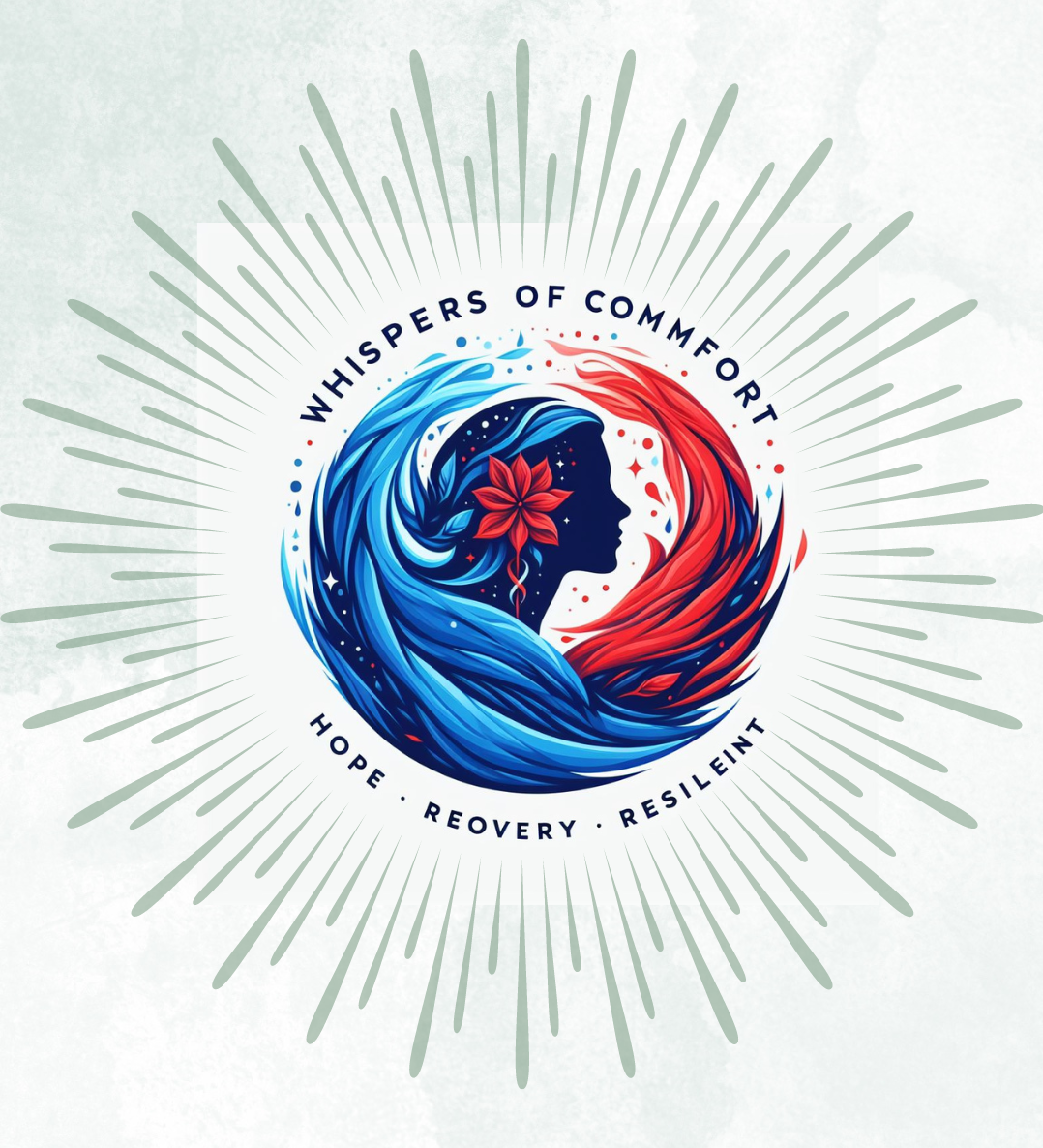
Trauma-focused therapy is a specialized form of psychotherapy that aims to help individuals process and heal from traumatic experiences.
This approach is particularly beneficial for adults who have endured significant psychological distress due to events such as abuse, accidents, natural disasters, or combat.
When you hear the word ‘trauma,’ it might conjure up images of catastrophic events or extreme experiences. However, trauma can also stem from prolonged stress or personal crises that deeply affect a person’s sense of security and well-being. Adults grappling with trauma might experience a range of symptoms, from anxiety and depression to more severe reactions like post-traumatic stress disorder (PTSD).
So, what’s the deal with Trauma-Focused Therapy (TFT)? At its core, TFT is designed to address the unique needs of individuals who have experienced trauma. It aims to understand the connection between the traumatic experience and the person’s emotional and behavioral responses. By doing so, TFT seeks to directly confront and diminish the power that trauma has over an adult’s life.
A personalized approach is key in TFT because everyone’s experience with trauma is different. Therapists specializing in TFT work to create a safe space where individuals can process their trauma without fear of judgment or re-traumatization. This process involves careful listening, validation, and the use of specialized therapeutic techniques tailored to each person’s specific needs.
Now, you might be wondering how TFT stands apart from other therapeutic methods. Traditional therapy might focus on a wide range of issues with various techniques, but TFT zeroes in on trauma as the root cause of psychological distress. This laser focus allows therapists to employ targeted strategies to help patients manage and move beyond their traumatic experiences.
Having established a foundation for understanding TFT, let’s talk about how it enhances and intersects with Cognitive Behavioural Therapy (CBT). After all, CBT is another well-known therapeutic approach that can be incredibly effective for a variety of psychological issues, including anxiety and depression. The next section will reveal how integrating TFT principles into CBT can lead to a specialized and potent form of therapy for individuals dealing with trauma.
The Intersection of Trauma-Focused and Cognitive-Behavioral Therapies
Cognitive behavioral Therapy, or CBT, is a well-established psychological treatment primarily focused on changing unhelpful patterns of thinking and behavior. It’s grounded in the concept that our thoughts, feelings, and actions are interconnected, and that changing one can positively affect the others.
Trauma-Focused Therapy, when mingled with the principles of CBT, creates an approach specifically tailored for those who have experienced traumatic events. This blend, often referred to as Trauma-Focused Cognitive behavioral Therapy (TFT-CBT), is dedicated to addressing the complex needs of trauma survivors.
At the heart of TFT-CBT is the process of cognitive restructuring. This is where the therapy zeroes in on identifying and challenging distorted thinking related to the trauma. Individuals learn to reframe negative beliefs and gradually alter their perception of the traumatic experience, reducing its ongoing emotional charge.
The real-world application of TFT-CBT has led to success stories that are nothing short of inspirational. Survivors of various traumatic events have found that through this synthesis of therapies, they could not only address their immediate psychological pain but also build coping strategies for lasting resilience.
PS: If you’re curious about WealthyAffiliate.com and want to join, I’ve got an affiliate link that gets you a free trial and connects you directly to me for personalized support within the community. Just DM me for the details!
The Therapeutic Journey: What to Expect from Trauma-Focused Therapy

When you’re stepping into the world of Trauma-Focused Therapy (TFT), knowing what lies ahead can help prepare you for the journey. TFT isn’t a quick fix; it’s a structured process that helps individuals come to terms with their traumatic experiences and rebuild a sense of control and empowerment.
I want to walk you through the stages of TFT, which typically include Safety, Remembrance, and Reconnection. Think of these stages as stepping stones toward recovery. The first stone is establishing a foundation of safety, which is crucial before any form of trauma processing begins. This means creating a secure and trusting environment where you feel comfortable sharing your experiences.
Next, we’ll talk about the therapist-client relationship, which is paramount in TFT. It’s essential for the therapist to be not just knowledgeable, but also compassionate and patient. Your therapist is going to help you navigate your feelings and thoughts without judgment, allowing you to truly explore the healing process.
During the sessions, therapists use various techniques. These could range from narrative therapy, where you recount your traumatic event within a safe environment, to more specific strategies like exposure therapy or stress inoculation training. All these tools aim to help you manage your trauma-related emotions and thoughts effectively.
Finally, TFT is about measurable progress and tangible outcomes. It’s not just about feeling better in the moment; it’s about developing long-lasting strategies to handle traumatic stressors. Your therapist will work with you to set realistic goals and help you track your progress over time.

So you’re about to embark on a journey of healing, and it’s crucial to know that while trauma-focused therapy (TFT) opens the door to empowerment, it’s not without its challenges. But don’t worry too much about this part; remember, your first attempt doesn’t need to be your last, and you can always adjust your approach down the road.
Engaging in TFT means you’re ready to face the obstacles head-on. It’s perfectly normal to encounter resistance within yourself—it’s part of the process of confronting painful memories and emotions. You might sometimes feel like you’re taking one step forward and two steps back, but I’m here to tell you that it’s all part of the journey.
The beauty of TFT lies in its potential to lead you towards a place of mastery and control over the experiences that once seemed to dictate your life. Each session is a stepping stone towards empowerment, and every small victory is a testament to your resilience.
Aftercare is also a vital aspect of TFT. It’s not just about the therapy sessions; it’s about incorporating what you’ve learned into your daily life. Practical exercises, self-care strategies, and support networks play significant roles in maintaining the progress you’ve made.
To drive the point home, let’s look at some case studies. These powerful stories highlight the transformative power of TFT and the remarkable capacity of individuals to rebuild and enhance their lives, even after facing profound adversity. Choose something that resonates with you, and remember, that could be your success story.
I hope that by understanding the challenges and recognitions of TFT, you see the substantial opportunities for growth and empowerment. There’s a lot of opportunity in acknowledging the complexity of the healing process and leveraging your newfound strength. If I’ve learned anything, it’s that your healing journey is uniquely yours, but the overarching theme is unmistakable: triumphant resilience.
By addressing the core issues related to trauma, this therapeutic approach empowers individuals to regain control over their lives, reduce symptoms of distress, and enhance their overall well-being.
As our understanding of trauma and its impacts continues to grow, so too does the potential for trauma-focused therapy to offer hope and healing to those in need.
Kindly leave your comments and experiences below.
Are You a Wealthy Affiliate Yet? Affiliate Marketing Success.
Simplified. Turn YOUR Passion, Hobby or Interest into YOUR Success Story! Join Wealthy Affiliate today: https://www.
**Here’s a little transparency: Our website contains affiliate links. We may receive a small commission if you click and make a purchase. Don’t worry, as there’s no extra cost to you. It’s a simple way to support our mission of bringing you quality content.
Related:
Transformation And Power Of Grief
Difference In Grief And Depression
How To Improve Your Posture To Prevent Back Pain
Follow me on social media!

As someone who went through lots of trauma during my childhood, I must say that your article is very moving to me. I’ve not been in therapy, but I did a lot of spiritual work to heal and to move on. I must say that it’s not easy because you must go back to the place where you have been as a child and relive the trauma. But afterwards, you will feel as light as a feather!
Hello angelce903,
I appreciate your contribution to the article and for sharing your experience. I’m equally glad you found the article helpful, as it resonates with you.
Revisiting past trauma can indeed be challenging, but your journey towards freedom and the afterward feather-like light feeling are inspiring.
Your emphasis on ”spiritual work” as a healing balm, and moving forward is commendable.
Thank you for your insights and support.
I wish you the best.
– Makinde
Dear Makinde,
First, I want to commend you for your interest in trauma-focused therapy (TFT). It’s a powerful approach that has helped countless individuals heal from the profound impacts of traumatic experiences. As you highlight, establishing a sense of safety and trust is crucial in this process. So, my friend, I’m curious to hear your thoughts on how therapists can effectively create that secure environment, especially for those who have endured significant trauma. What strategies or techniques do you think could foster a sense of comfort and openness?
Secondly, you touch on the integration of TFT with cognitive behavioural therapy (CBT), forming a specialized approach called Trauma-Focused Cognitive Behavioral Therapy (TF-CBT). I find this combination fascinating, as it seems to offer a comprehensive and targeted way of addressing trauma. What’s your take on this integration, Makinde? Do you believe that the principles of CBT, such as cognitive restructuring, can complement the trauma-focused techniques in a way that enhances the overall healing process?
I’m genuinely excited to hear your perspectives on these two key elements. Your insights and experiences could shed valuable light on how we can better support individuals on their journey of recovery from trauma. Feel free to share any personal stories or observations that you’re comfortable with, I’m all ears!
Remember, this is a safe space for open and honest discussion. Let’s dive into this topic together and see what we can learn from each other.
Warmly,
Eric
Dear Eric,
I appreciate your thoughtful contributions to the article.
Just like you have rightly posed in your questions, I believe that some of the most important techniques for creating a secure environment for trauma survivors are consistent and emphatic communication.
Some other techniques, like grounding exercises and maintaining a calm, non-judgmental demeanor, can also help to foster trust, openness, and a sense of safety.
Eric, regarding TF-CBT, in my view, the integration of CBT principles, like cognitive restructuring, could be of immense help.
Combinations of such, as mentioned above, would facilitate a more comprehensive approach where both the emotional and cognitive aspects of trauma would be taken into account, thereby facilitating and speeding up the healing process.
Thank you, Eric, for your commendation, insights, and support.
I look forward to a continuation of this important discussion.
Regards,
– Makinde